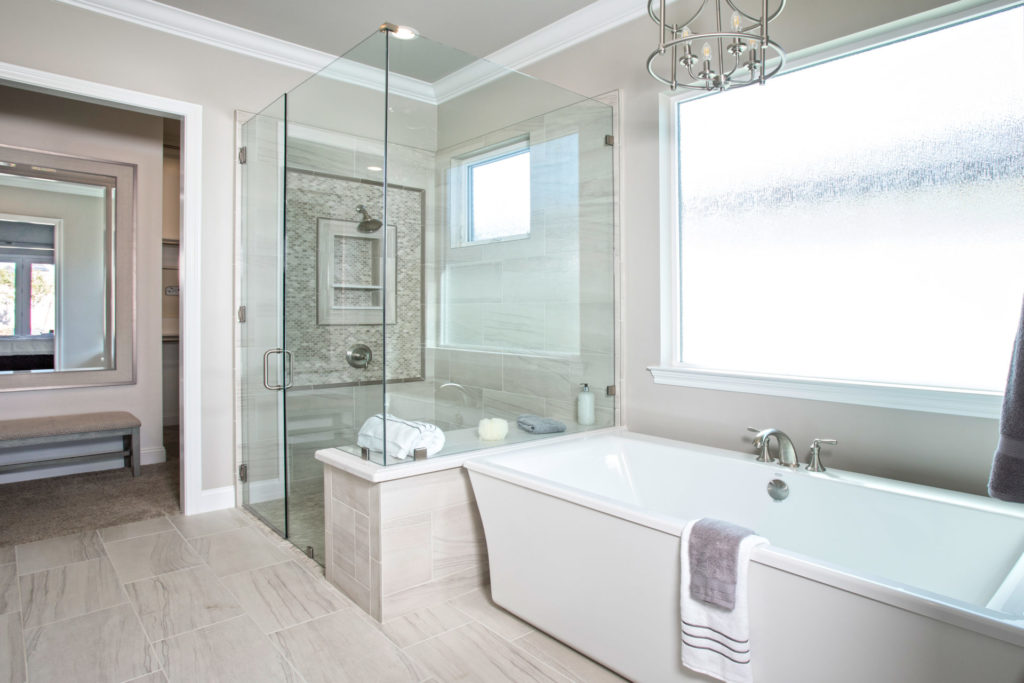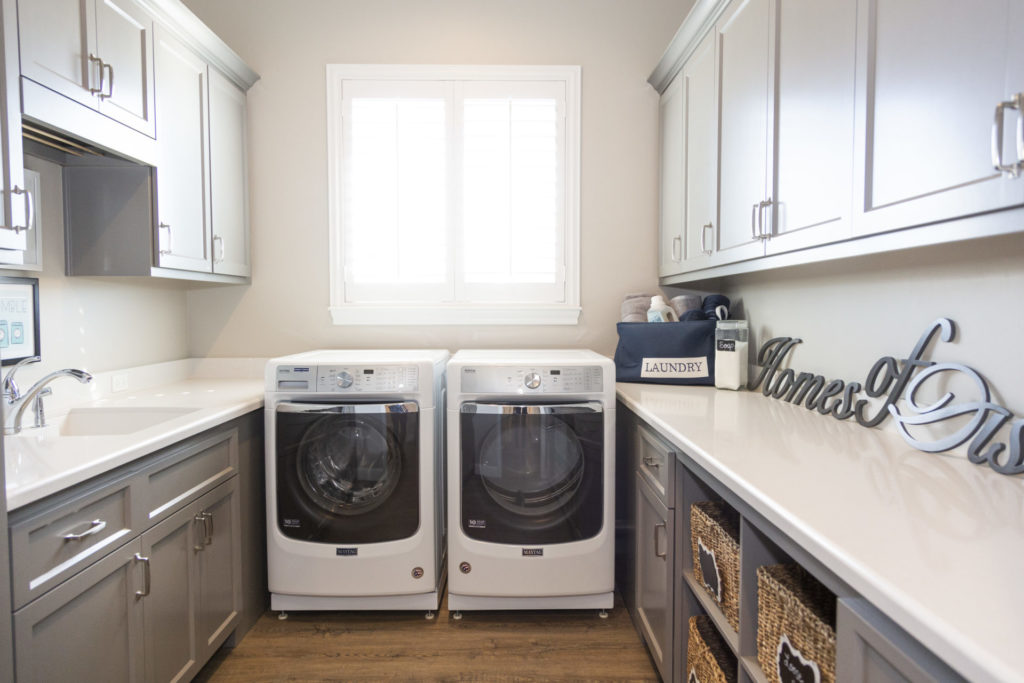Wasting Water and Flushing Dollars
December 17th, 2020 | by dpcustombuilder | Posted in Uncategorized
Most “green building” conversations emphasize energy efficiency. By contrast, the issue of water — its scarcity, purity, and significance to sustainability — is often overlooked or discounted.
That’s because, in North America, we take water for granted; not only is it cheap, it is relatively abundant and clean. But while an average bathtub may hold 40 gallons of water, many people in developing countries survive on 8 gallons of water or less per day. In fact, an estimated 800 million people worldwide lack access to safe water supplies and 3.5 million people die each year from a water-related disease.

Domestically, recent seasonal and longer-term droughts in several areas have triggered restrictions and household quotas on water use. In fact, average residential water rates nationwide continue to rise at a steady rate.
As a professional builder who looks out for the welfare of our homebuyers and our community, we accommodate requests and comply with all building code requirements to reduce a home’s water consumption.
In many cases, we can use low-flow plumbing fixtures including toilets, faucets, and showerheads, to automatically reduce water use without our homeowners noticing much (if any) difference in their convenience and performance. The latest clothes washers, dishwashers, and water heating systems also use less water (and save energy, too). All of those products are readily available and generally affordable.
But as much as these “embedded” water savings reduce consumption, there is more that we can do. We encourage homeowners to keep their water use in check with some simple changes to their lifestyle habits.
One easy way to save water at home is to limit your showers to no more than 10 minutes and avoid filling the bathtub unless absolutely necessary. Turn off the bathroom faucet while brushing your teeth or shaving.
In addition, homeowners can save water by running only full loads of laundry and dishes. If you have to hand-wash some dishes in the kitchen, fill one basin with soapy water (to clean/scrub) and another with clear water (to rinse) rather than continuously running the faucet.

As much as those lifestyle adjustments can reduce water inside your home, making some changes outside can be even more impactful. Easy stuff, such as using a broom instead of a garden hose to clean off your driveway or patio and washing your car less often (or at a carwash that recycles its water) can save hundreds of gallons of water a year.
But the real culprit of outdoor water waste is landscaping, and especially turf grass areas. If you can adjust or replace your lawn sprinklers with more targeted, rotating heads that limit overspray and set up a drip irrigation system for trees and shrubs, you’ll see a significant reduction in your water use.
With that, consider putting your irrigation system on a timer and setting it to run in the early morning to reduce evaporation.
You can also buy and install small rainwater catchment systems from a home improvement or hardware store, which can be used for seasonal flower beds or hanging plants instead of using potable water for those needs.
With so many areas in the developing world so desperate for clean, healthy drinking water, and our costs continuing to rise, can we afford to take water for granted?
Warm Regards,

